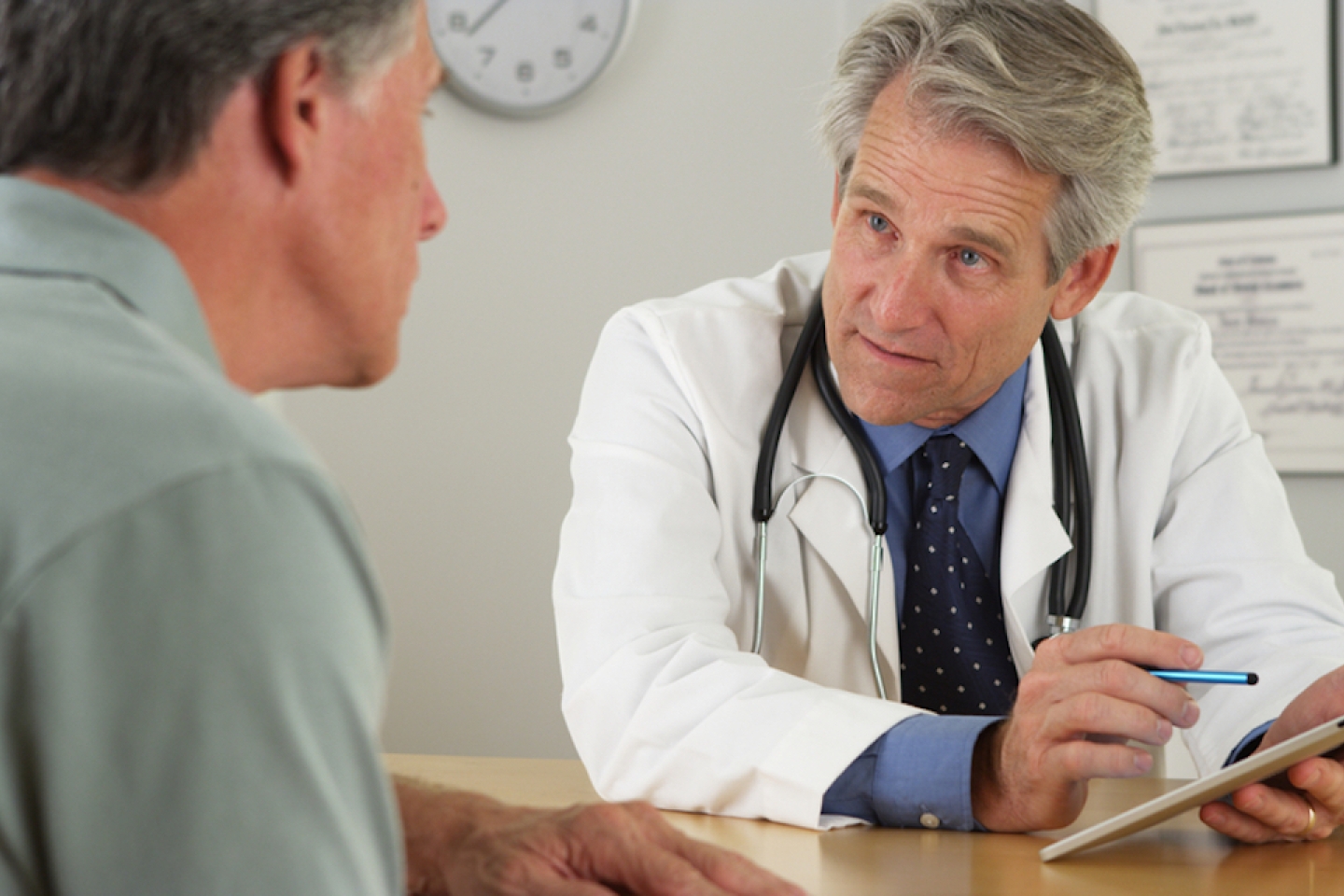
About 1 of every 250 men will develop testicular cancer at some point during their lifetime. However, it is the most common type of cancer to affect men between the ages of 15 and 35.
Self-examinations are the most effective way to detect testicular cancer early. And when detected early, testicular cancer is more than 95% curable.
“Testicular self-exams are critically important,” says Doug Scherr M.D., clinical director of Urologic Oncology at Weill Cornell Medicine and NewYork-Presbyterian Hospital. “With testicular cancer, there's usually a firm, rock-hard area within the testicle. And typically, testicular cancers are not painful. That's an important distinguishing factor. I don't want everyone to think that if they feel an enlarged, painful testicle, that they have testicular cancer. With that said, following up with an evaluation should always ensue in someone who feels an abnormality.”
The exact causes of testicular cancer are not well understood, but several risk factors have been identified. Some risk factors, such as diet and smoking, can be altered. While others, like genetics or age, cannot be adjusted.
Most testicular cancers are found by men while they are at home. A small percentage of cases are found by a physician. It is important to frequently self-exam so you can familiarize yourself with what is normal for your body. Then, if you do notice any changes, you can see a doctor as soon as a change is noticed.
Checking for abnormalities can be simple:
It’s no secret that men tend to dismiss or deny health issues. And the younger age group most impacted by testicular cancer tends to ignore their health more than any other group. So this month is a great time to be more aware and check yourself, because regular self-exams lead to early detection. And with any cancer, early detection means everything.
If it’s been awhile since your last checkup, it’s likely time to visit your provider. Find a provider at Weill Cornell Medicine who can help you stay healthy.